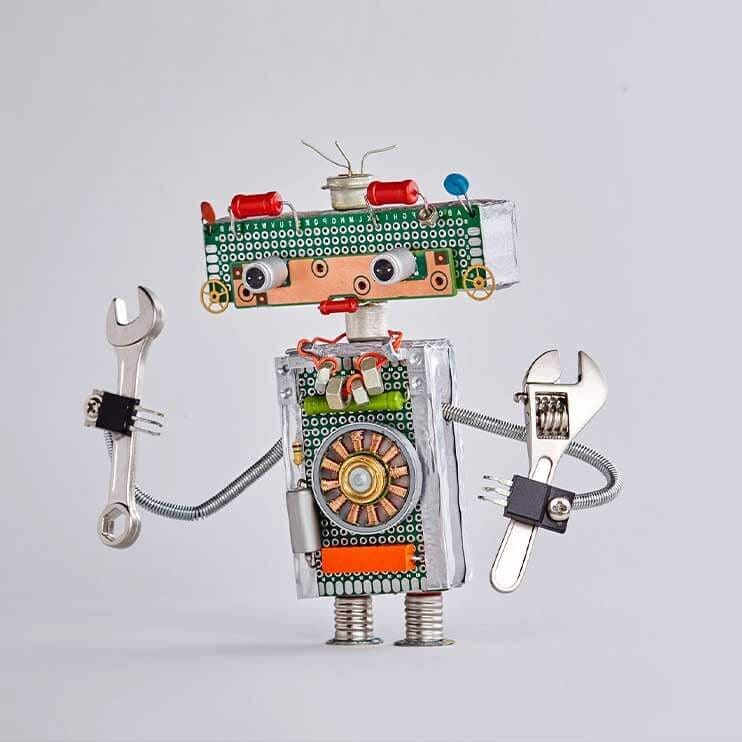The rise in Intelligent Automation caused by COVID-19 will undoubtedly restructure the workplace, pushing the use of robots for task automation.
Among the many questions that have arisen in response to the COVID-19 pandemic, one of the most impactful is how employees will work.
At the height of the crisis, millions of workers connected remotely, and that trend isn’t likely to change any time soon – in fact, Forrester predicts that at least 18.2 million Americans will continue working from home once the pandemic is over.
The crisis has left most companies worse off economically and scrambling to achieve rapid digital transformation to stay relevant.
These changes have led to widespread employee anxiety about how intelligent automation (IA) will affect their jobs: will it complement, transform or wholly replace their roles?
This worry isn’t unfounded, especially for those working in customer service.
For businesses, this necessitates investing in the right tools. Organisations will inevitably flatten, spread and morph beyond recognition, and it will be crucial to mitigate employees’ anxiety.
To ease this transition, redk has created Klint, a new automation platform that allows businesses to expand the power of their employees while providing a customer service that’s stronger than ever.
Flatter organisations
According to Forrester, this will lead to the flattening of organisations or the elimination of levels of management between employees and administrators at the top.
‘Automation will eliminate positions for cubicle workers, coordinators and function-specific knowledge workers, and they’ll need fewer managers’, the report says.
This new, flattened organisation will open the door to innovation.
Wider Smarter Organisations
The next shift, which is already well under way, is a change in employee location. The workforce is becoming more spread out than ever, and the idea of a company headquarters is dying out.
This results in a change in the way managers create their teams, facilitating the implementation of new forms of automation to make employees’ roles more efficient and effective.
Implementing automation will ultimately create more customer loyalty and satisfaction. According to a recent Zendesk article, ‘69% of customers say they want to resolve as many issues as possible on their own, and 63% say they always or almost always start with a search on the company’s website when they have an issue’. In other words, if a customer has the option to use intelligent tools, they’ll take it.
redk’s new platform, Klint, allows customers to use the most popular messaging platforms to resolve their issues on the go in one user-friendly, centralised platform.
Mitigating employees’ anxiety
From job security to health and finances, the workforce is more anxious than ever. So what can organisations do to address this?
In order to mitigate stress, companies should first empathise with their employees, understanding the underlying stressors at play.
On a more tangible level, though, businesses should offer roles that focus on human skills and creativity. Intelligent tools like Klint benefit employees, because they eliminate workers’ anxiety of a growing skills gap.
Rather than trying to keep up with the abilities of AI and machine learning, teams can leave those tasks to tech and focus on more complex human interactions. For example, support teams will have the power to automate answers to simple questions, and tackle the topics that require a human touch, reducing stress on the job.
Staying on top
Organisations must recognise the challenges they’re up against, while also understanding that their employees are feeling anxious.
Intelligent automation is an excellent resource to maintain strong customer service during times of change.
Implementing the right Sales Engagement tools will be key in helping organisations shift seamlessly.
Using its 15 years of experience as CX consultants and CRM technology experts, redk supports brands looking to enhance efficiency and profitability through world-class digital solutions that optimise performance across organisations.
For more information about redk’s Klint, visit the tool’s webpage.










